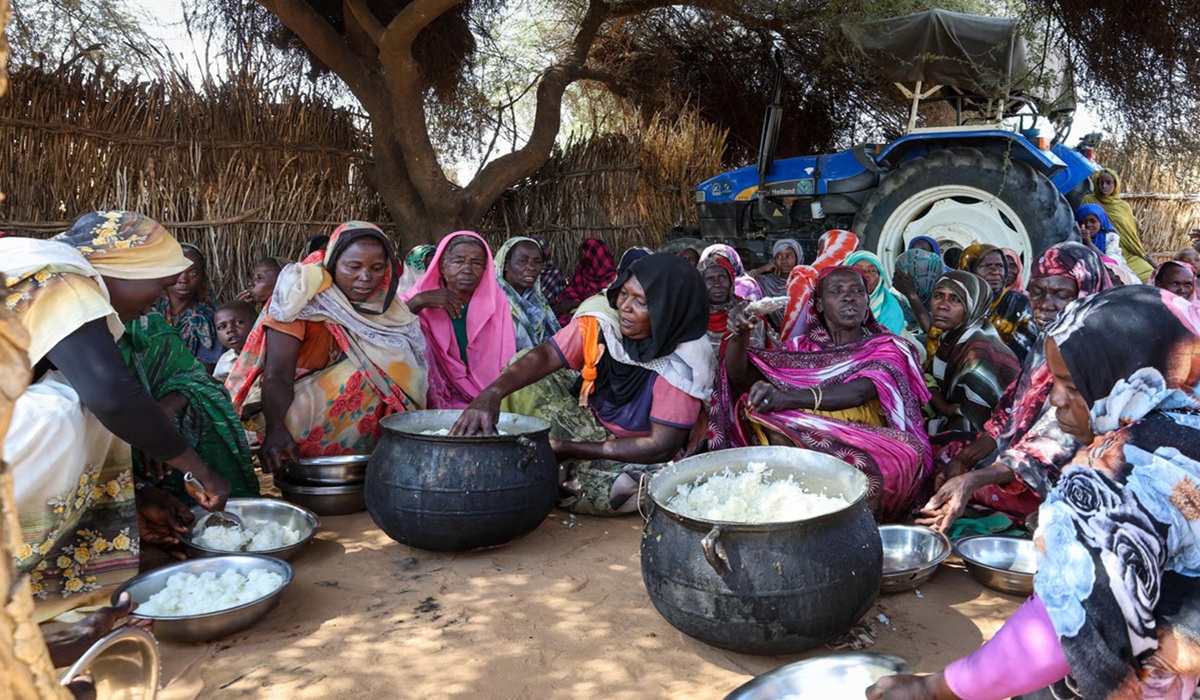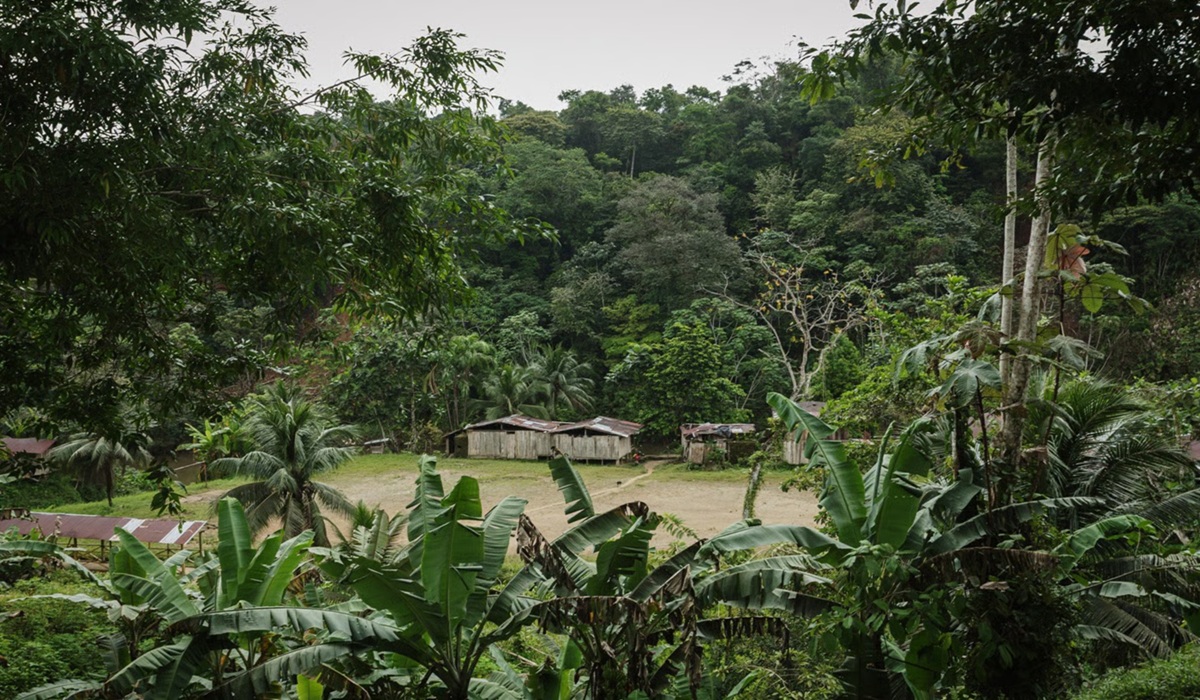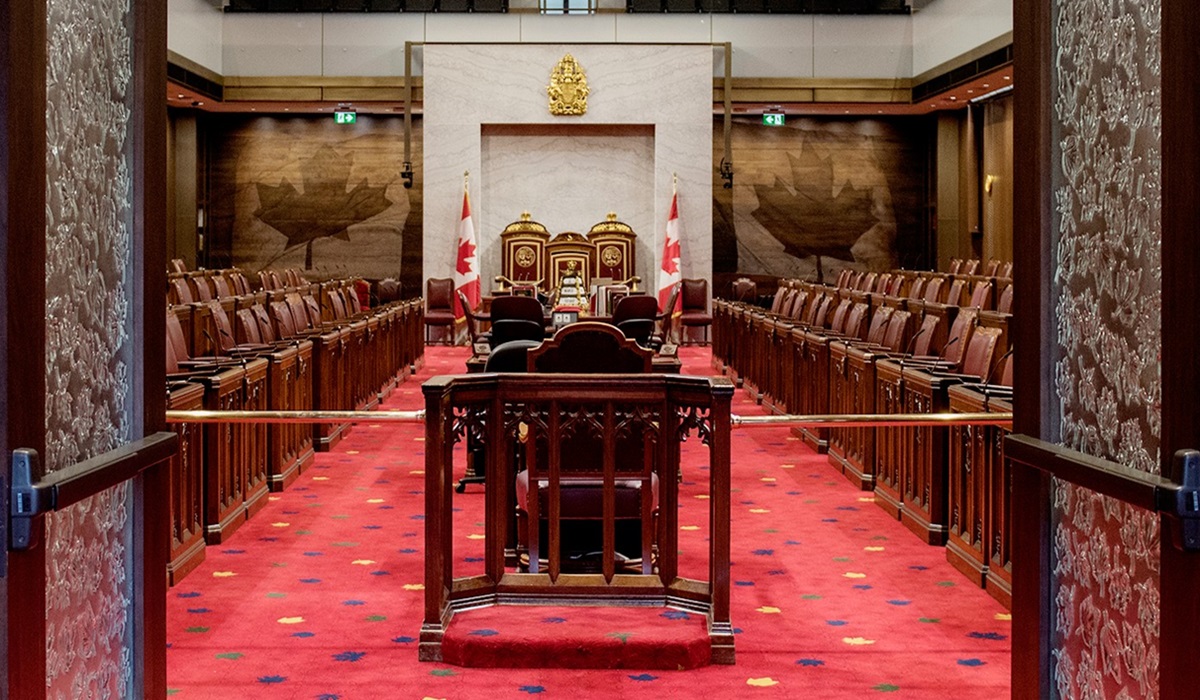Image Credit: Shoaeb Hameed
The China-Pakistan Economic Corridor (CPEC), with its route from Kashgar to Gwadar and onward to Chabahar and Kabul, is a strategically significant project with far-reaching economic and geopolitical implications. It aims to connect China with the Arabian Sea and beyond, potentially boosting regional trade and development. The CPEC is a key part of China’s Belt and Road Initiative, seeking to link South, Central, and West Asia. The corridor is expected to boost Pakistan’s economy through infrastructure development, job creation, and increased trade. A deep-sea port at Gwadar, Balochistan, is central to the project, providing China with access to the Indian Ocean and potentially shortening trade routes to the Middle East and Africa.
The CPEC enhances Pakistan’s strategic importance and strengthens ties with China, while also raising concerns for India and the United States due to China’s growing presence in the region. The corridor would facilitate the transportation of energy resources, particularly oil from the Middle East, to China. It also offers landlocked Central Asian countries a route to the sea through Gwadar, potentially diversifying their trade connections. In the past, Gwadar and Chabahar were sometimes seen as economic rivals, but they are now developing as partners. There is significant potential for collaboration, with Iran possibly linking Chabahar to Gwadar to leverage the latter’s deep-sea capabilities. The CPEC would provide Afghanistan and the Central Asian states with access to the Indian Ocean and help integrate them into regional trade networks. However, the project faces challenges from anti-development militants operating in Khyber Pakhtunkhwa (KP) and Balochistan, who seek to disrupt progress. Security concerns, political opposition, and potential geopolitical tensions remain serious issues for Pakistan.
The China-Pakistan Economic Corridor (CPEC) is a massive infrastructure project connecting Kashgar in China to Gwadar Port in Pakistan and is widely regarded as a significant component of China’s larger Belt and Road Initiative. The route’s importance lies in its potential to reshape regional connectivity, trade, and economic development—particularly for Pakistan and China. While the CPEC primarily focuses on the Kashgar–Gwadar route, there is also growing discussion about potential linkages to Chabahar Port in Iran.
At its core, CPEC is a 3,000-kilometer network of highways and railways linking Kashgar in China’s Xinjiang region to Gwadar Port in Pakistan, a deep-water port on the Arabian Sea. The corridor aims to facilitate trade, energy transport, and industrial cooperation between China and Pakistan. It is expected to reduce transportation costs and time for Chinese goods, especially those bound for the Middle East and Africa. The CPEC also carries major geopolitical weight, impacting regional dynamics in South Asia and beyond. Some observers see the project as a way for China to expand its influence across the region.
Although not directly part of the CPEC route, Chabahar Port in Iran is often discussed in connection with the project. Rather than being a competitor to Gwadar, Chabahar has increasingly been seen as a complementary partner, creating opportunities for cooperation and expanded connectivity. Still, Indian involvement in Chabahar has, at times, complicated the dynamics. Meanwhile, the CPEC continues to face security threats, strained relations with India, and the constant need for sustained regional cooperation. Nonetheless, the CPEC remains a long-term initiative with the potential to transform economies and connectivity across the region.
Following the recent Israel–Iran conflict, Iranian President Dr. Masoud Pezeshkian visited Pakistan with a high-level business delegation to explore new opportunities. He expressed strong interest in joining the prestigious CPEC projects by extending the corridor to Chabahar Port. Both Pakistan and China welcomed this proposal, which could significantly expand economic activity stretching toward Africa and Europe. Chinese goods could then reach Europe not only through the Arabian Sea but also via Iran and Türkiye.
In the aftermath of the Pakistan–India war, Chinese Foreign Minister Wang Yi helped broker improved relations between Pakistan and Afghanistan. In Beijing, he met with Pakistani Foreign Minister Ishaq Dar and Afghan Interim Foreign Minister Amir Khan Muttaqi, facilitating the resolution of several disputes. This exclusive meeting created an opening for Afghanistan to formally join the CPEC framework. Similarly, the Israel–Iran war has drawn Iran closer to Pakistan and the CPEC vision.
With both Afghanistan and Iran now moving toward inclusion, the project could evolve into a broader China–Pakistan–Afghanistan–Iran Economic Corridor (CPAIEC). This expanded initiative has the potential to foster peace, stability, and prosperity across the region by deepening economic ties and strengthening regional integration.









